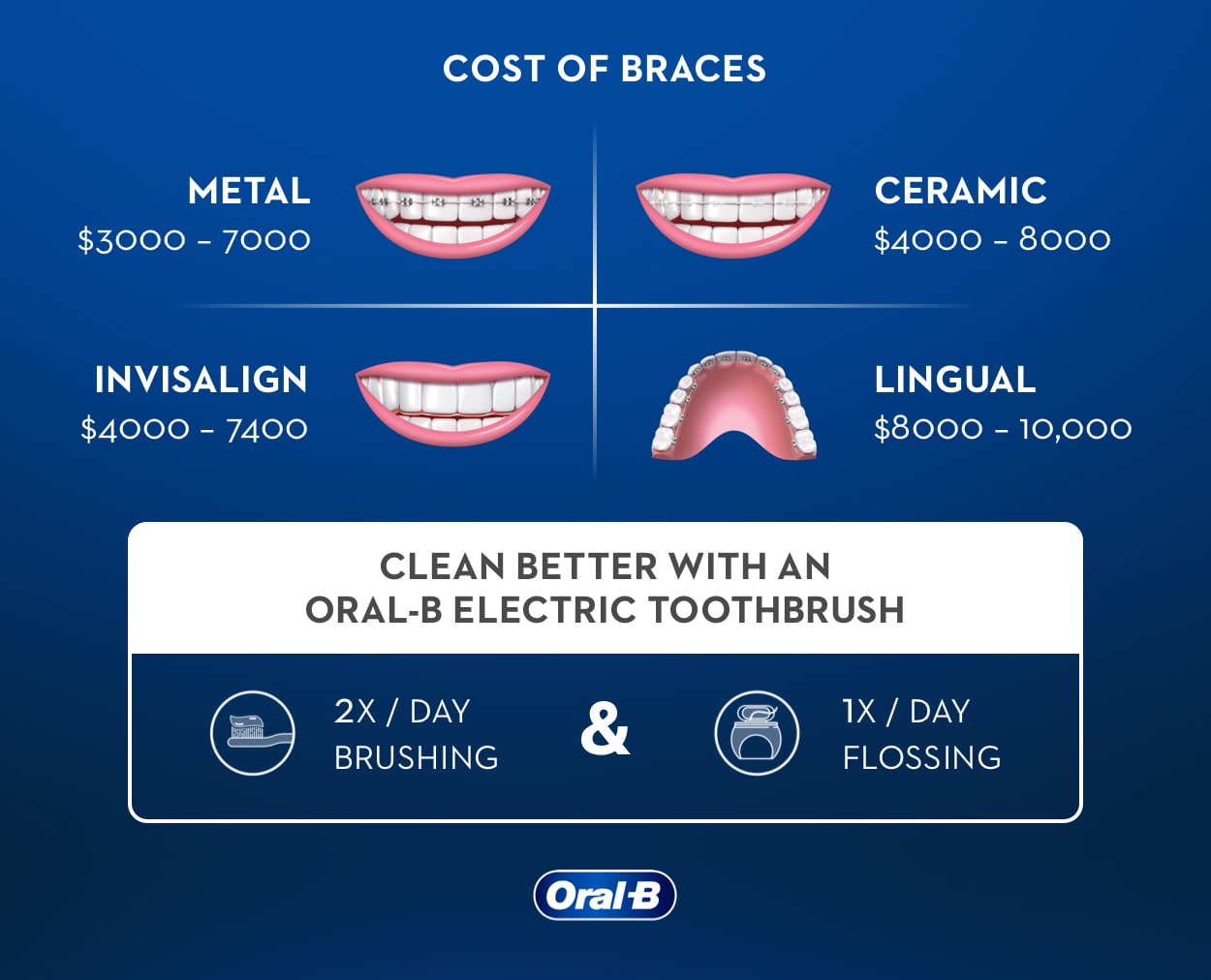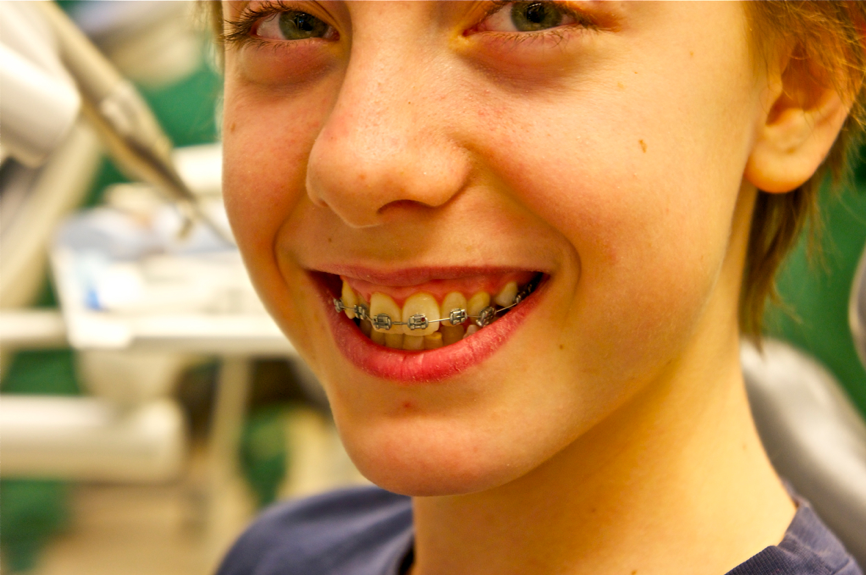How Cumming Orthodontics Can Change Your Smile with Invisalign and Braces
How Cumming Orthodontics Can Change Your Smile with Invisalign and Braces
Blog Article
Comprehensive Overview to Orthodontics Treatments for Dealing With Dental Misalignments
In the realm of orthodontics, the trip to accomplishing a completely straightened smile involves a myriad of treatments customized to correct oral imbalances. From standard dental braces to invisible aligners and even medical alternatives, the field of orthodontics provides a variety of remedies to address differing degrees of dental abnormalities. Understanding the complexities of each treatment, including their devices, benefits, and potential drawbacks, is vital in making educated choices concerning one's orthodontic therapy. As we browse via the comprehensive guide to orthodontic procedures for correcting dental imbalances, the complex details of each method will unfold, clarifying the course toward a functional and harmonious dental placement.
Orthodontic Procedures Introduction

Regular changes and surveillance are vital components of orthodontic therapy to make sure progress is on track and to make any kind of required alterations along the method. By going through orthodontic treatments, individuals can not just accomplish a straighter smile but likewise improve their total dental health and feature.
Traditional Dental Braces: Just How They Work
When considering orthodontic therapies for oral imbalances, traditional dental braces stand out as a tried and true method for remedying teeth positioning. Typical dental braces are composed of brackets, wires, and bands that work with each other to use continual stress on the teeth, progressively moving them right into the desired placement.
One trick element of how traditional braces job is the process of bone makeover. As pressure is put on the teeth with the dental braces, the bone bordering the teeth is reshaped to support the new tooth placements. This remodeling is vital for the lasting stability of the dealt with alignment. Patients will need routine adjustments at the orthodontist's workplace to make certain the braces proceed to use the proper stress for reliable teeth activity.
Unseen Aligners: Cons and pros
Invisible aligners provide a practical and very discreet option to standard dental braces for dealing with dental misalignments. These clear, personalized trays are basically undetectable when worn, making them an attractive option for people seeking a much more cosmetically pleasing orthodontic therapy. Among the primary benefits of undetectable aligners is their removability, permitting less complicated maintenance of oral health contrasted to typical braces. Individuals can get rid of the aligners before consuming or cleaning their teeth, lowering the threat of food getting stuck in the home appliance and streamlining the cleaning process.

Surgical Orthodontic Options
Surgical interventions in orthodontics existing feasible alternatives for addressing intricate dental misalignments that may not be efficiently resolved through standard orthodontic treatments. While standard dental braces and invisible aligners can correct several orthodontic problems, certain cases need surgical intervention to achieve ideal results. Surgical orthodontic choices are commonly suggested for severe malocclusions, substantial jaw inconsistencies, and instances where the underlying bone structure requires modification to achieve proper positioning.
One usual medical orthodontic treatment is orthognathic surgery, which entails rearranging the jaws to correct useful problems such as problem talking or chewing. This surgical procedure is typically carried out in our website cooperation with i thought about this an orthodontist who helps straighten the teeth prior to and after the treatment. Surgical orthodontics might additionally involve procedures to subject affected teeth, get rid of excess periodontal tissue, or improve the jawbone to develop a more harmonious facial account.
Prior to considering medical orthodontic options, patients go through a detailed assessment to establish the need and possible benefits of such treatments. cumming orthodontics. While surgical treatment might appear daunting, it can substantially improve both the feature and aesthetic appeals of the smile in cases where traditional orthodontic therapies fail
Retainers and Post-Treatment Care

Failure to abide with post-treatment treatment directions can result in regression, where the teeth gradually relocate back towards their original settings. Regular retainer wear, good dental health, and routine dental check-ups are essential for maintaining the results achieved via orthodontic surgery and making sure the long-term security of the remedied dental positioning.
Final Thought
To conclude, orthodontic treatments provide numerous alternatives for correcting dental misalignments. Standard dental braces make use of metal brackets and wires to move teeth navigate to this website into appropriate placement. Unseen aligners provide a more discreet option but may not be suitable for all situations. Surgical orthodontic choices are offered for extra severe imbalances. Retainers are generally made use of post-treatment to preserve the brand-new placement. Generally, orthodontic treatments can efficiently improve dental health and visual look.
As we browse with the extensive guide to orthodontic treatments for remedying oral misalignments, the detailed details of each approach will unravel, shedding light on the path towards a practical and unified dental placement. - cumming invisalign
One of the most common orthodontic therapies is the use of dental braces, which consist of steel brackets and wires that apply mild stress to gradually move teeth right into the wanted position.When considering orthodontic therapies for oral imbalances, typical dental braces stand out as a time-tested approach for remedying teeth positioning. Furthermore, unseen aligners might not be appropriate for complicated orthodontic issues that need more substantial teeth activity, as they are usually recommended for mild to modest instances. Retainers are tailor-made orthodontic gadgets designed to hold teeth in their fixed settings after the conclusion of orthodontic therapy.
Report this page